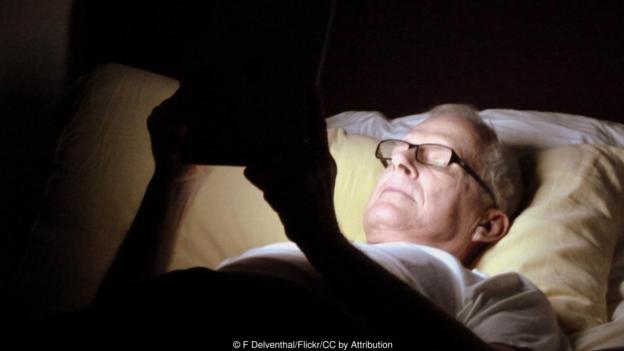
Light pollution has been noted as a threat to the worldwide population’s circadian rhythms after findings in the new World Atlas of Artificial Night Sky Brightness revealed a great lack of natural light. The atlas includes a measurement of worldwide “artificial sky glow,” meaning reflected light scatter in the atmosphere from electric lighting below. Sky glow is a result of light pollution – that is, excessive electric lighting at night.
The issues this phenomenon has caused begin within space – Fabio Falchi, the leader of the group of scientists that wrote the atlas, estimates that one-third of humanity can no longer view the Milky Way, particularly in industrialized regions. Approximately 60% of Europeans and 80% of North Americans can’t see it at night anymore.
However, light pollution has affected far more than just our nighttime views. Epidemiologist Richard G. ‘Bugs’ Stevens shared concerns about the pollution’s effects on environmental and public health. Satellites sensing light sources’ intensity plot exact source locations that appear in maps displaying the level of sky glow over various regions. The amount of sky glows equates to how obscured the night sky is. Some areas even show up as red, meaning that the people there do not experience true night because of artificial twilight from night glow.
Stevens’ health worries stem from light’s interference with normal nighttime physiology. In the most affected regions – major cities in Europe, the Americas, and Asia – local, outside light levels can sometimes be enough to delay or prevent the onset of the body’s natural circadian rhythm, which should begin around sunset. Humans’ endogenous circadian rhythmicity is a built-in cycle for sleep and wake patterns, hunger, body temperature, etc. Its influence is ever present, which is why light and darkness are crucial factors in normalizing each person’s pattern.
Being that sky glow is the reflection of electric lights in human environments, its measurement also takes into account local light sources that cause noticeable circadian disruption. The light affecting these rhythms are not limited to outdoor sources. Stevens suggests that serious conditions such as poor sleep, diabetes, certain cancers, and mood disorders could result from circadian disruption, adding that ecological effects of light pollution also impact the mortality of migrating birds and sea mammals.
To prevent even further damage, knowledge about what forms of light and what times of day are harmful to us is becoming more accessible. Bright light with high blue content (such as compact fluorescent) is best suited for the morning and, beginning at dusk, dim light with low blue content (found with low wattage incandescent) should be substituted. Subsequently, a wholesale conversion to “white” LED street lighting in Los Angeles and New York has been criticized because the lighting produces blue wavelengths that are least friendly to nighttime physiology and circadian health. With LED lighting becoming essential to everyday life, could this mean our sleep patterns will be further disturbed?

With the goal of keeping their bodies from harm, people are recommended to avoid bright blue screens before bed, putting away the tablets and smartphones in favor of actual books. Software companies have taken this trend in stride, producing programs such as f.lux that will adapt a computer’s light to the time of day. Users can input what kind of lighting they have and where they’re located, and f.lux will make lighting changes to fit the moment. There has also been an influx of apps meant for light dimming on phone or tablet screens. The Android app Twilight also adapts a device screen to the time of day, while sneaky ways to make an iPhone screen even dimmer than normal can be found online.
With both the planet’s health and yours in mind, perhaps thinking more about the light sources in your daily life and when you use them would do everyone a favor.
Source: BBC
Advertisement
Learn more about Electronic Products Magazine





